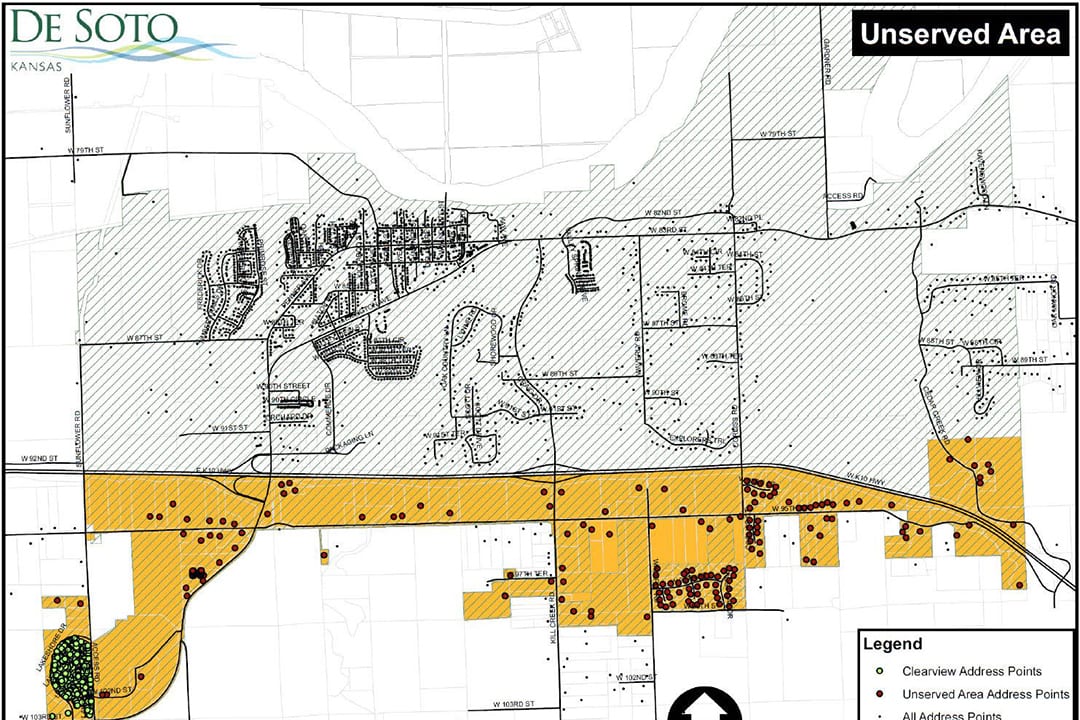Getting Broadband Internet to Come to Town

The recent radical shift to remote working and virtual learning in order to create physical distancing due to COVID-19 has been made possible by the availability of broadband Internet service in our communities. However, there are thousands of small towns and rural areas across the United States and Canada do not have access to broadband Internet service (generally classified as providing at least 25-50 MBps download and 3-10 MBps upload speeds). That means that an estimated 20 million Americans and 63% of rural Canadian households couldn’t connect to the Internet fast enough for Zoom calls, online research for classes, accessing cloud services, or to try to find a source of toilet paper on Amazon.
These deficiencies leave many small communities struggling to educate their children, maintain public and private enterprise, and maintain social connections despite the physical distancing. Fortunately, there are options available to communities to bring new or better Internet service to these more rural locations. One small town on the edge of the Kansas City metropolitan region is an example of how a public-private partnership was a successful approach to provide broadband Internet where commercial demand alone had never been enough.
DeSoto, Kansas is an incorporated community with almost 7,000 residents within an 11.2 square mile municipal boundary. It has had several areas within City limits that were not historically populated densely enough for the local phone or cable providers to offer broadband Internet service. This left only satellite service or mobile wireless service as limited (and costly) options for hundreds of households to access the Internet. It also meant that many families were not able to afford to take advantage of the many benefits provided by broadband access. Unfortunately, the local schools were making greater and greater use of Internet-based software, equipment, and methodology for teaching and student assignments. This meant that some students could not keep up with their school assignments when they were at home.
One resident, Kevin Honomichl, recognized the impacts on his neighbors and threat to the community’s long-term competitiveness if broadband service was not made available to as many residents as possible. “Broadband has achieved a point of being critical infrastructure, just like water, just like sewer, just like electricity,” said Honomichl. He started out as a member of a City task force to investigate the community’s choices for expanding broadband coverage. A civil engineer with extensive experience in telecommunications backbone design and construction for national data carriers, Kevin felt strongly enough about the importance of broadband access to run for, and be elected to, DeSoto’s City Council. He then worked with his fellow leaders, City staff, and other experts to identify the most cost-effective strategy that would meet DeSoto’s needs. In their case, their primary options for expanding broadband service to a great majority of residents were:
- Continue to wait for a local Internet provider to decide to invest in additional infrastructure to extend commercial service to residents. For-profit commercial providers answer to shareholders or private owners and are expected to have positive returns on investment. The low density of customers in the underserved areas of town would not justify the investment needed to serve them within a reasonable period of time.
- Try to convince a local communications or electric utility to apply for State and/or Federal funds intended for bringing better Internet access to rural and underserved areas. These funds are often prioritized for use in areas of relatively low average income, high unemployment, or other evidence of economic distress. Some programs allow for service to be provided with either in-ground or wireless technologies. Canada’s recent efforts to serve rural areas includes wireless access and is considering new satellite services being developed (i.e. Space X’s Starlink low-Earth orbit network).
- Have the City form its own municipal utility to provide Internet service, just as other cities may provide water, sewer, gas, or electric service to residents. This approach would give the City total control of the buildout of the system and provide an ongoing source of revenue. However, it would also require the City to pay for all of the infrastructure investments needed to establish individual services (although cities may be eligible to apply for some State and Federal funds to support construction). The City would also responsible for ongoing maintenance and future equipment modernization. Finally, added management, billing, and service staff that would have to be added to the City’s existing staff to make it a reality.
- Form a public-private partnership with a commercial provider to subsidize the initial infrastructure investments without requiring the City to take on the management and maintenance responsibilities of running a broadband service. Some requirements could be negotiated upfront with the commercial provider regarding the schedule of service deployment, available broadband speeds and pricing, and providing service to City Hall, the library and schools.
After much discussion, the City chose to pursue the public-private partnership route. While there was some discussion about whether public funds should be used in this manner, it was acknowledged that bridging the digital divide affecting many residents would also provide some economic development benefits to retain jobs and attract new companies to the City. Subsidizing the buildout of broadband service was really no different than tax breaks and other financial incentives used in most communities.
After establishing the goals of the City, they solicited proposals from companies that were interested in teaming up with the City. They received three responses and ultimately selected RG Fiber based in another small town in a neighboring county. After negotiations it was agreed that the City would pay RG Fiber up to $500,000 to install almost 41,000 linear feet of microduct (an HDPE casing containing seven individual conduits) to serve specific unserved areas. The buildout will provide “gigabit-class” speeds to residents, as well as to businesses, schools, City facilities, and allowing free WiFi service in parks and other public spaces. Authorized in late 2018, RG Fiber is essentially complete and already provided broadband service to over 100 new locations in DeSoto.
This article was written by Randy Gorton, P.E., PTOE, Vice President, Public Works Services Group Leader. Gorton is a licensed engineer in KS and MO and leads the Public Works Services group at BHC.
